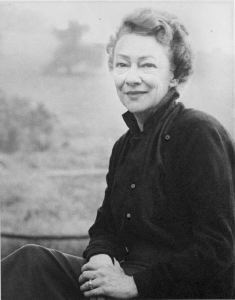
1898 - 1963
Katherine Linn Sage
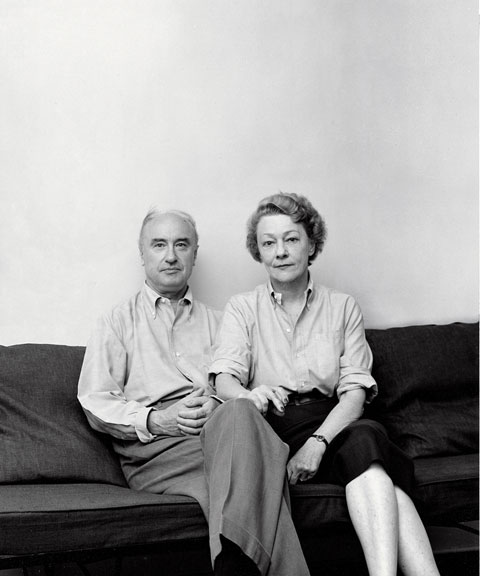
description
An American artist and a surrealist poet who lived and worked for a long time in Europe – Italy and France. Her creative career as an artist lasted about 30 years, starting from her first exhibition in 1936.
As a representative of the “golden era of Surrealism” – its active post-war period – she was known and widely recognized for her original artworks, usually containing architectural themes.
When Katherine Linn Sage was married the first time, she was a rich Italian princess and generously helped other artists. Throughout her career, she mostly worked under the shadow of her second husband, Surrealist Yves Tanguy, who today remains more famous in the art world than Sage. However, Katherine’s creations were also popular, especially after the artist’s full biography was published in 1997.
In modern art criticism, Sage and Tanguy are considered to be a closed system – a chain of influence of two creators on each other, which was confirmed by the exhibition “Double Solitaire: Surrealistic Worlds of Kay Sage and Yves Tanguy”, held at the Davis Museum, Wellesley College in 2012.
Kay Sage is known mainly as a visual artist, but she also wrote five volumes of poetry, mainly in French, and four plays. The autobiography “Chinese Eggs” was not published during her life.
The style of Sage is similar to Veristic Surrealism, in which illusory images of incredible places inspired by a dream and imagination are presented; her art is mentioned among works of such authors as Giorgio de Chirico, Salvador Dali, Rene Magritte, Paul Devo and Yves Tanguy.
Key ideas:
– The artist began her creative career in Italy, originally painted landscapes in the open air. She later described her first avant-garde paintings as “experimental abstract compositions”.
– In Paris, she visited the exhibition of 60 Surrealists and admired their style. The works of G. de Chirico, which Kay imitated at first, particularly impressed her. However, artist and historian William Chadwick argues that even these first surrealistic canvases were “full of an aura of purity, a feeling of stillness, impending catastrophe and doom, which no one else had in Surrealism.”
– The first works of Kay Sage of the Paris period were noted by A. Breton. He was sure that their author was a man, and began to search for an artist unknown to him. The “father of surrealism” made such a conclusion, seeing that the plots were full of unsettled paradoxes and hallucinatory qualities, which he highly valued.
– In the 1940s (the period of the greatest flourishing of creativity), the paintings of Kay Sage often contained architectural motives and geometric shapes filled with color and lit from the side.
– By the beginning of the 1950s, she started using motives of forests sometimes combined with draped forms included in the barren spaces of the paintings. The artist’s style is characterized by almost invisible brushstrokes, a mysterious light and surprisingly clean and sharp edges of outlines of objects.
– After the unexpected death of Yves Tanguy (1955), Katherine who suffered from severe depression and was almost blind, stopped drawing, but created reliefs and collages using foil, glass, wire, small stones and other materials.
1898
1919
1921
1925
1936
1937
1938
1940
1942
1951
1955
1961
1963
The birth of the artist
She started to seriously study painting at the Corcoran Art School

She studied art in Rome for several years
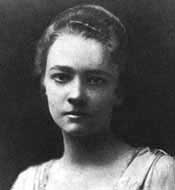
Married Italian prince Ranieri de San Faustino
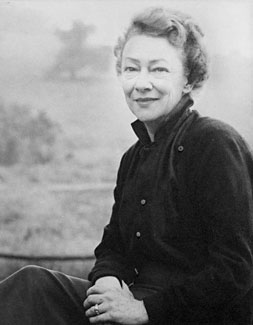
The first exhibition
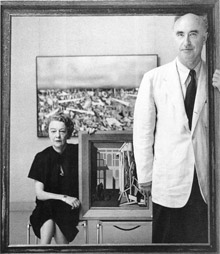
Moved to Paris
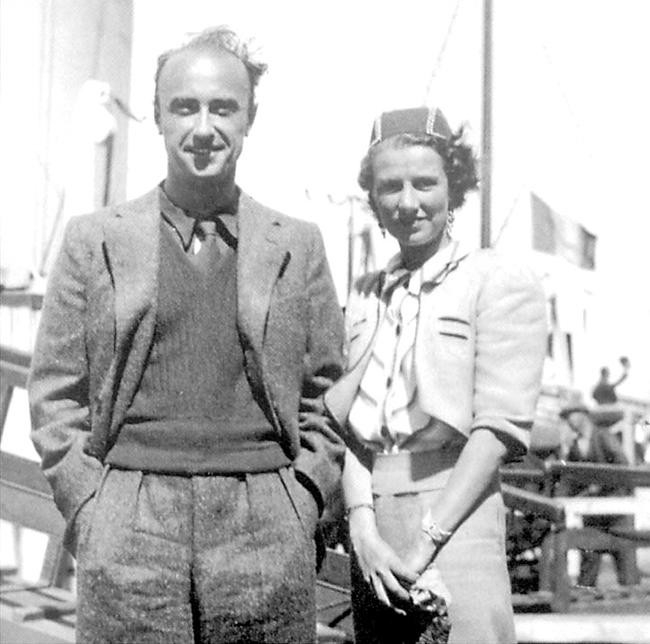
6 paintings were presented at the Salon des Surindépendants
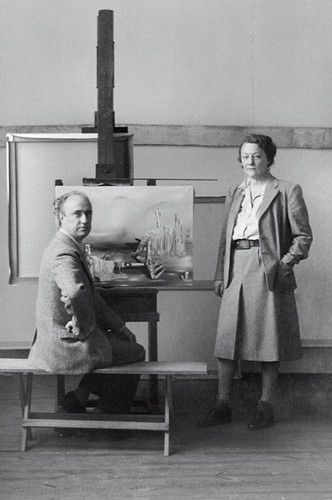
Returned to the United States
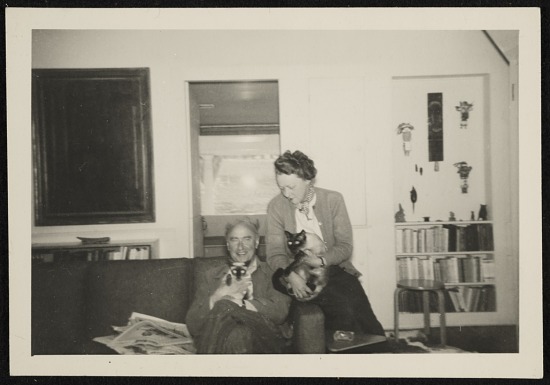
The artist's works were presented at the exhibition of contemporary art in New York
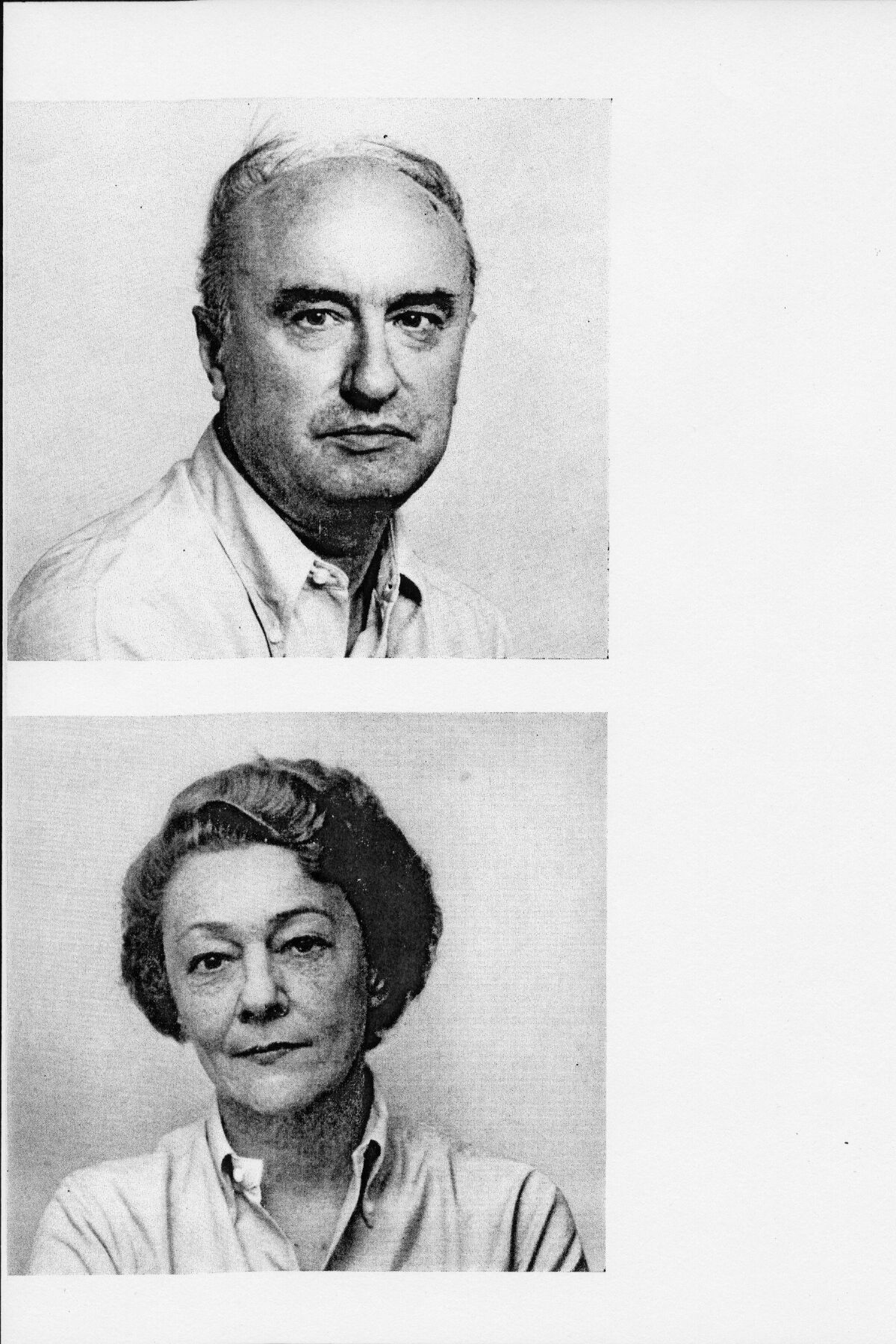
Won the Community Development Connecticut Award
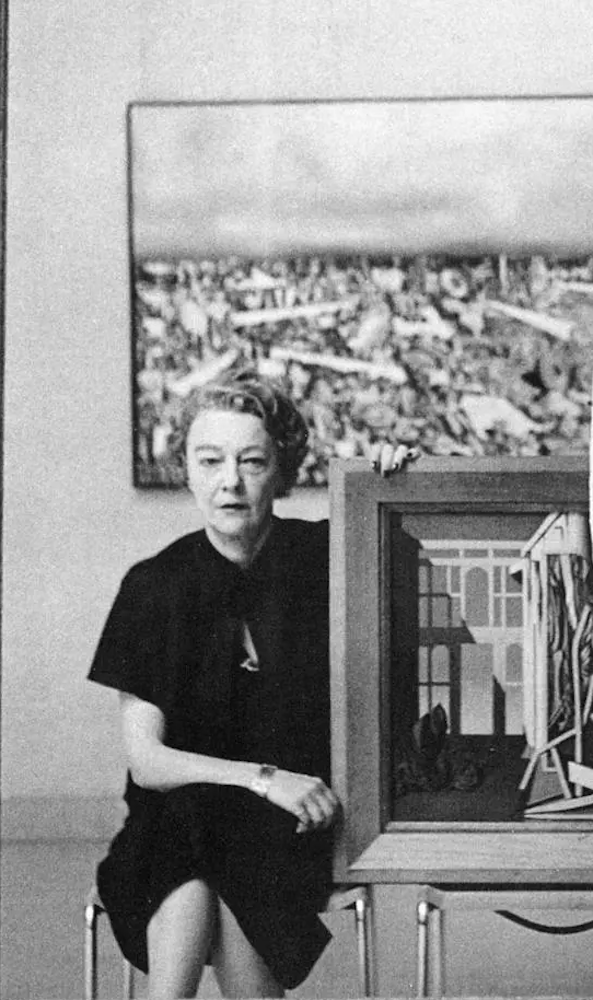
She suffered a series of unsuccessful operations in connection with glaucoma
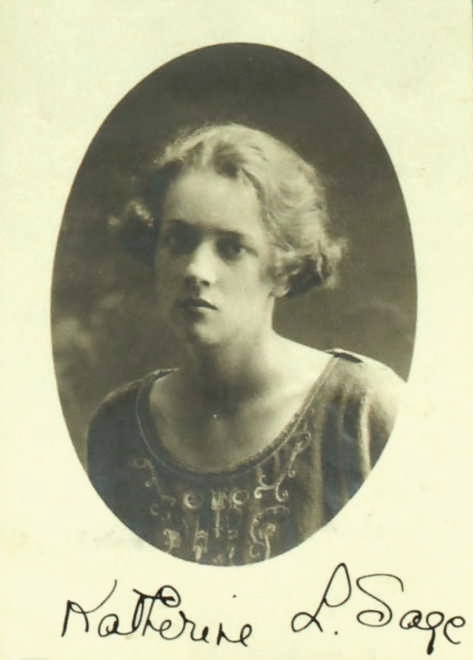
"And I came"

The death of the artist

